Transform Plate Boundaries: Sliding Plate Tectonics
Conservative or transform plate boundaries slide across each other. They neither converge or diverge such as parts of the North American and Pacific Plate.

Conservative or transform plate boundaries slide across each other. They neither converge or diverge such as parts of the North American and Pacific Plate.
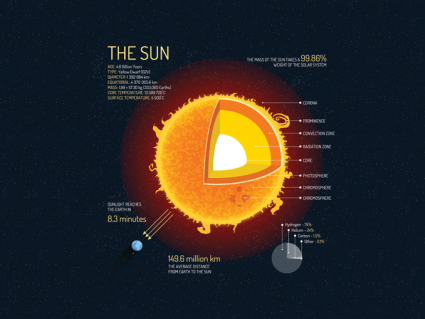
Our sun is a main sequence star. This just means that it burns hydrogen into helium and goes through this “main sequence” for about 95% of its life span.
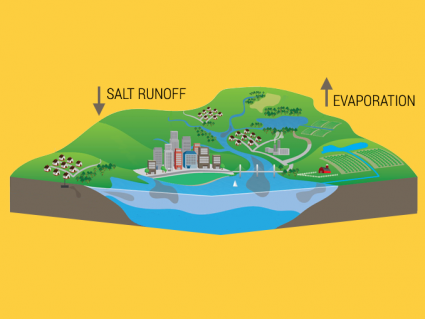
Oceans are salty because runoff transports minerals and salts from the surface. When ocean evaporates from heat, salt remains in the ocean and water rises.
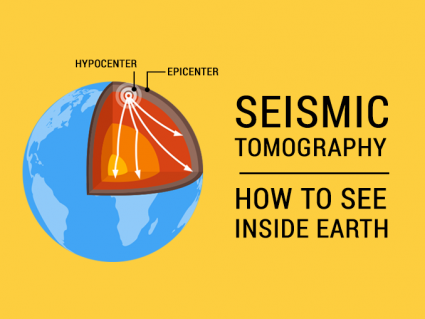
We can’t physically go inside the Earth. But we use seismic tomography from earthquakes to see inside our planet. From Earth tomography, we create 3D models.
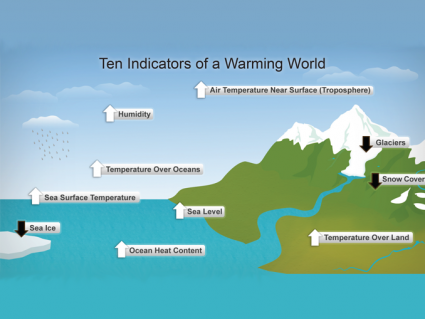
97% of scientists agree humans are causing global climate change. For example, evidence includes rising sea levels, warming oceans and shrinking ice sheets.
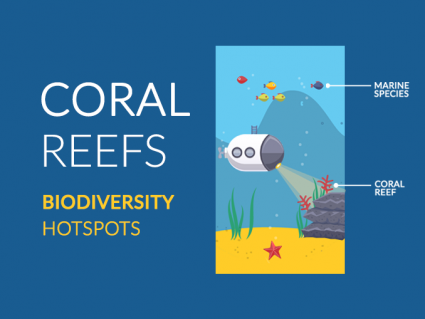
Coral reefs are biodiversity hotspots for ocean life. Remarkably, about 1/4 of marine species reside in them. So the spotlight is on coral reefs for protection.
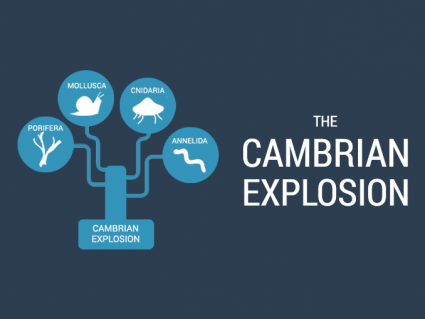
The Cambrian explosion was the largest diversification of life in Earth’s history. Ocean life started as sparse and simple. Then, it remarkably diversified.
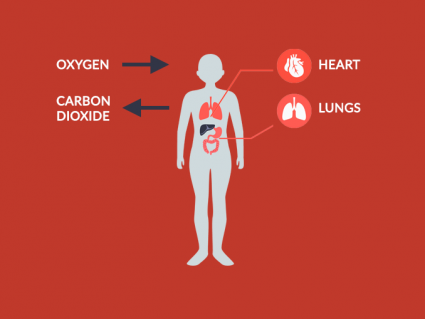
The single-most important biochemical reaction human beings need is cellular respiration. Our cells require oxygen to break down the food and provide energy.
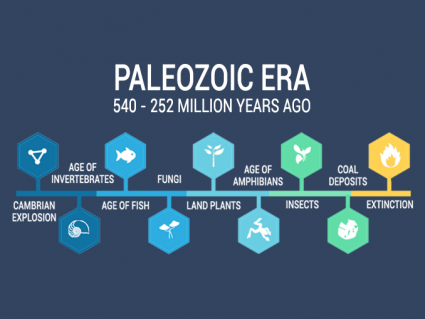
The Paleozoic Era marked the first fossil records of animal life.The Cambrian explosion was the largest diversification of life in Earth’s history.
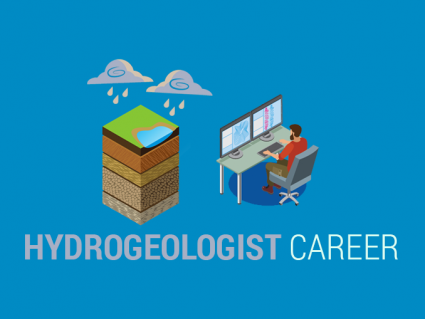
Hydrogeologists are groundwater specialists who focus on how soil and rock relate to groundwater. This includes the transportation of water into the surface.
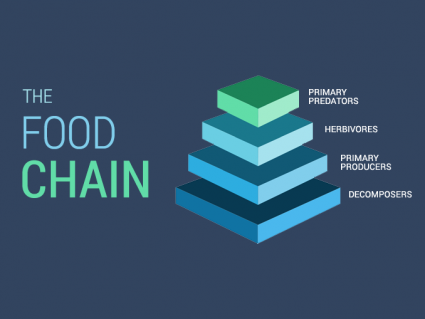
All living things rely on each other in the food chain. Energy transfers through living organisms from predators, herbivores, producers and decomposers.
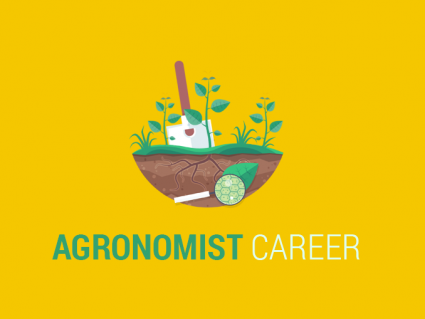
Agronomists focus on crop production and applying new technologies. An agronomist studies plant science to improve efficiency in crop production.
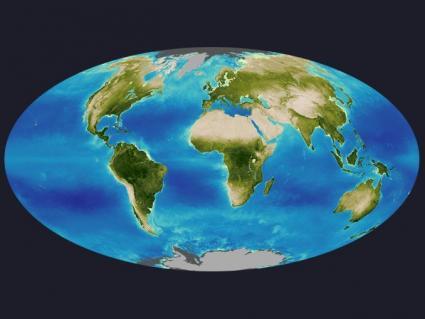
The biosphere is the layer of Earth where life exists. You, me, plants, insects bacteria and all living things on land, air and oceans are the biosphere.
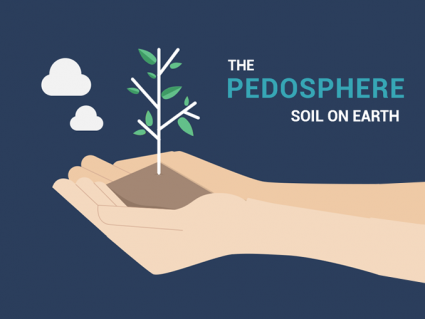
The pedosphere is like the “skin of Earth”. Just like your skin, it has a thin outer surface. It also has pore spaces and dries out without enough moisture.
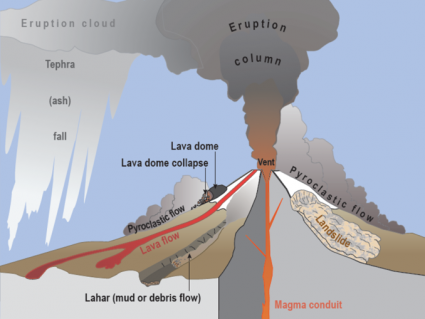
The 3 types of volcanoes are stratovolcanoes, shield volcanoes and cinder cones. Based on their geography, volcanoes take different appearances.